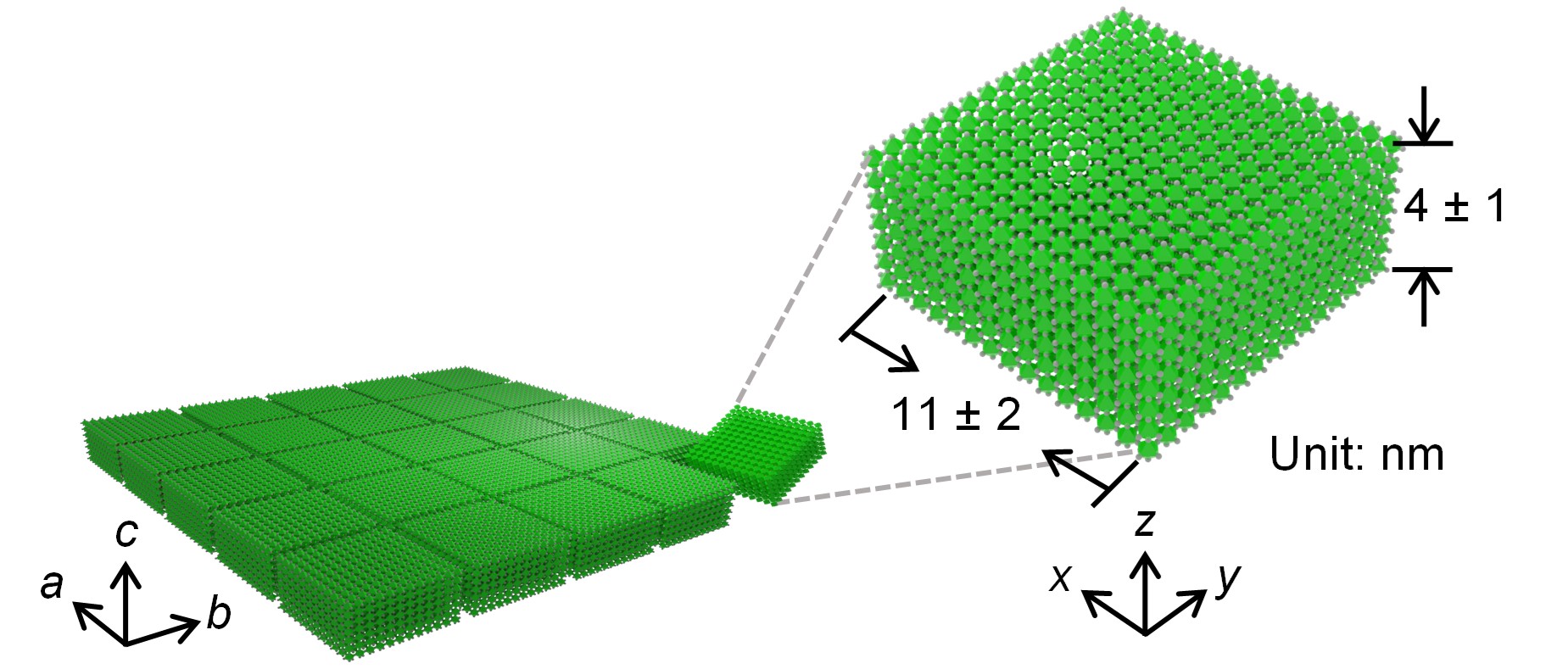[Nat. Commun.] Anisotropic nanocrystal superlattices overcoming intrinsic light outcoupling efficiency limit in perovskite quantum dot light-emitting diodes
We present the first physical approach to fabricate QD LEDs overcoming the lightoutcoupling efficiency limit.

Quantum dot (QD) light-emitting diodes (LEDs) are emerging as one of the most promising candidates for next-generation displays. However, their intrinsic light outcoupling efficiency remains considerably lower than the organic counterpart, because it is not yet possible to control the transition-dipole-moment (TDM) orientation in QD solids at device level. Here, using the colloidal lead halide perovskite anisotropic nanocrystals (ANCs) as a model system, we report a directed self-assembly approach to form the anisotropic nanocrystal superlattices (ANSLs). Emission polarization in individual ANCs rescales the radiation from horizontal and vertical transition dipoles, effectively resulting in preferentially horizontal TDM orientation. Based on the emissive thin films comprised of ANSLs, we demonstrate an enhanced ratio of horizontal dipole up to 0.75, enhancing the theoretical light outcoupling efficiency of greater than 30%. Our optimized single-junction QD LEDs showed peak external quantum efficiency of up to 24.96%, comparable to state-of-the-art organic LEDs.